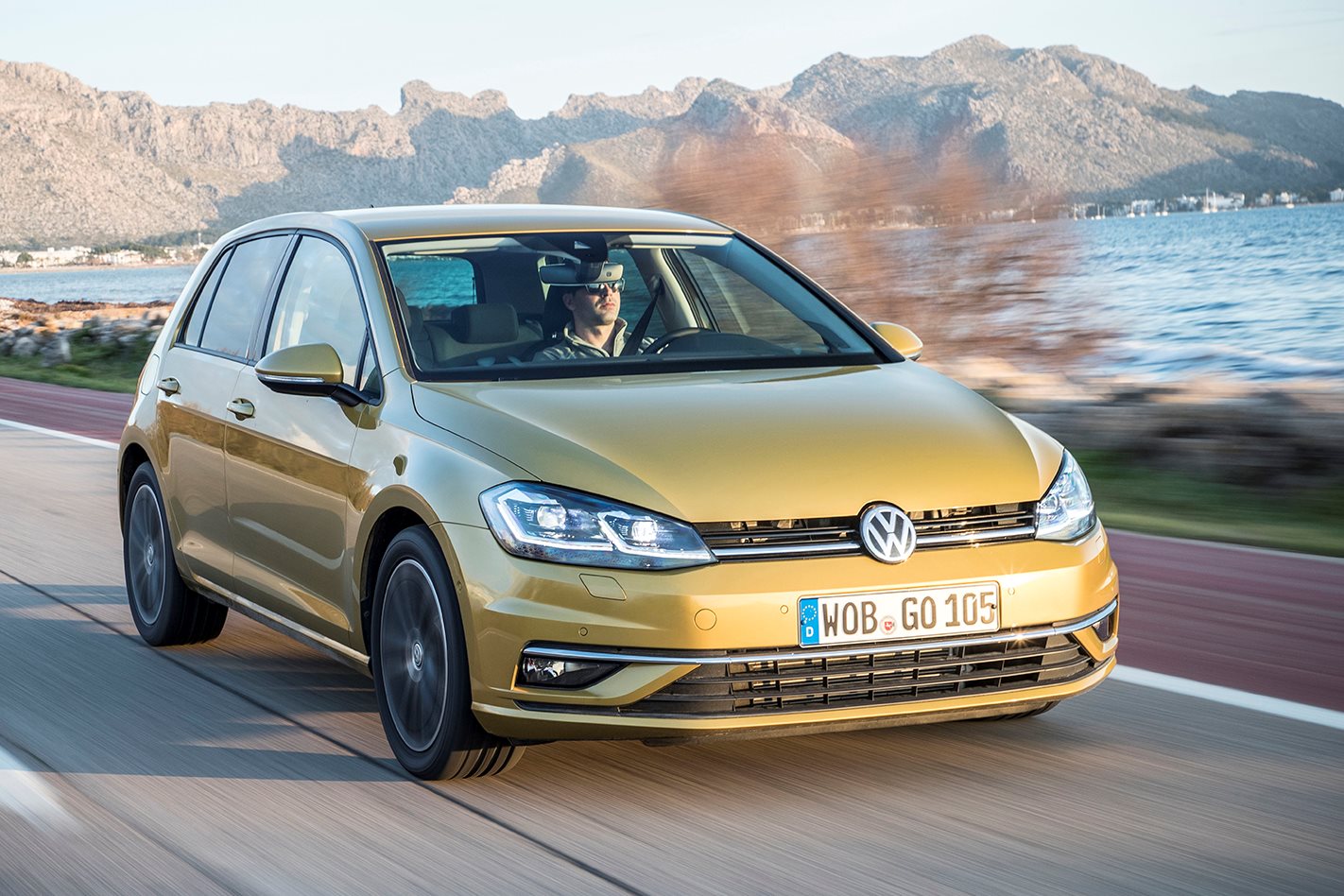THE Volkswagen Golf, version 7.5, is about to arrive. Is there substance to go with the sizzle?
WHAT IS IT? The mid-cycle update of VW’s global small-car overlord. It’s Golf Mk7 with exterior tweaks and added equipment to keep it fresh before Golf Mk8 arrives around 2020, hence the tag Golf 7.5.
WHY WE’RE TESTING IT When our reigning small car mega-test winner and former COTY winner cops a mid-life upgrade, we need to know: is there real substance to go with the sizzle?
MAIN RIVALS The obvious are our small-car top three: the Ford Focus, the Mazda 3, and the Holden Astra. But this new tech pushes Golf, at the upper end of its model reaches, into entry-level BMW 1 Series territory, or even head-butting VW Group rivals such as an entry-level Audi A3.
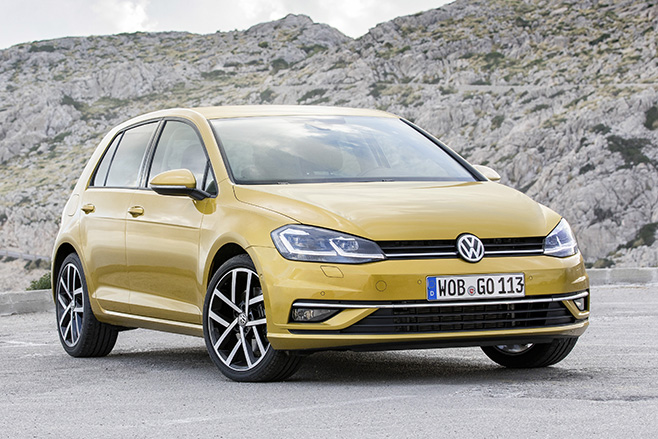
THE WHEELS VERDICT This is a carefully calculated move to shift Golf further upmarket and distance it from rivals on a basis on perceived sophistication and to take a leadership position on key tech that VW reckons customers are hungry for. Fair play, but if Golf is starting to look too tech-heavy and pricey, relax, shop lower, and know you’re still getting the best small car in the biz.
PLUS: More sophisticated tech and driver interface equipment make for an even more mature small car; core fundamentals unchanged. MINUS: Gesture control questionable; some “upgrades” non-essential; GTI a case of once-over very lightly
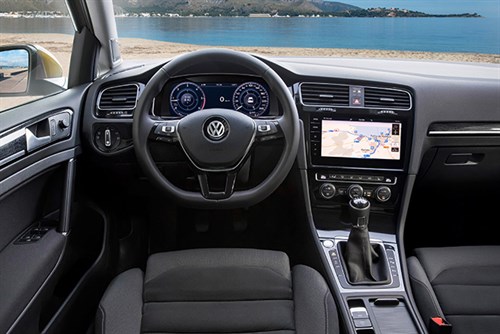
THE WHEELS REVIEW IF THERE’S one sure way to lose your grip on a leadership position, it’s by sitting around on your backside, doing little, whistling whatever ‘Dixie’ is in German, while rivals steadily, quietly, raise their game. Clearly VW has had this thought front of mind, as this is the first time in the history of the Golf that the company has seen fit to update a model comprehensively enough to declare it a ‘point-five’; that is, a specific mid-point in the model cycle, rather than just a facelift. But while the changes are mostly worthwhile and welcome, the question can’t be avoided: are they enough?
Let’s start where, frankly, it matters least: the exterior styling. There was nothing wrong with the Mk7’s taut, pert proportions, and the updates don’t mess with that by any significant degree. It’s the usual bumpers, grille, and headlamp/tail-light tweaks, with the most practical change being the shift to LED headlights, from xenons, on up-spec variants. The headlight housings themselves are different enough to justify new guards to accommodate them, but kudos to the spotter who can tell. The lighting internals, though, are new. You’ll pick a well-specced 7.5 from the rear by its cool, Audi-esque indicators that strobe a progressively illuminating bar of amber LED light as it blinks. Useful detail changes included the relocation of the radar sensor to the VW badge, making it less susceptible to damage. The rest, well, you can make up your own mind.
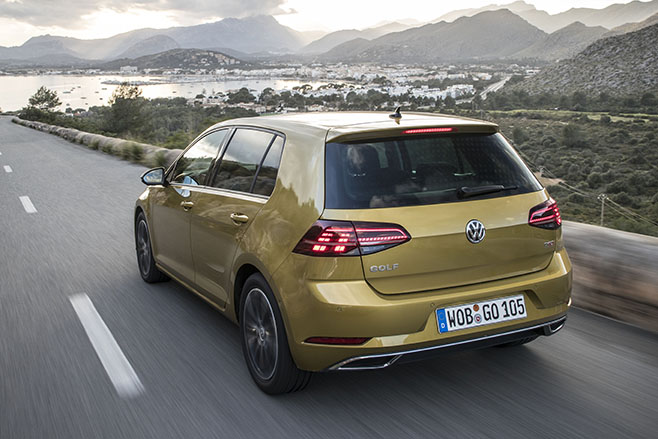
Given the carryover of powertrains, the most significant movement comes at the entry point of the range. VW has deleted what was the base model, the 92TSI on its 15-inch steel wheels and fairly basic trim level (which was offered, in manual form, for $22,990 drive-away.) In its place comes an entry-level model powered by the 110TSI engine, (probably still called Trendline, says VW, but this is to be confirmed), offered with as a six-speed manual or, more commonly, with the seven-speed dual-clutch (DSG) transmission. Standard equipment will include 16-inch alloys (no steelies), an 8.0-inch touchscreen and more up-spec interior presentation than that of the current model. And while the jump of 18kW is significant, more noteworthy, in terms of general drivability, is the torque leap: the 92TSI engine made 200Nm; at 250Nm the 110TSI produces 50Nm more.
However, this reshuffle exposes a disappointing fact: that Australian will not get the new-generation “EVO” 1.5-litre turbo-petrol engine being rolled out as part of the Golf 7.5 release. This engine, making 110kW, features cylinder deactivation and ushers in new levels of efficiency for this class. However, VW Australia claims its complexities make it unviable for the price structure of the new range. We did drive it at the international launch in Spain, and I have to say that I struggled to detect much difference between it and our carryover 1.4. Both produce the same power and torque outputs, both are zingy, sweet-revving units; the 1.5’s real claim is added efficiency, given it’s capable of shutting down two cylinders and running as a twin under light throttle loads.
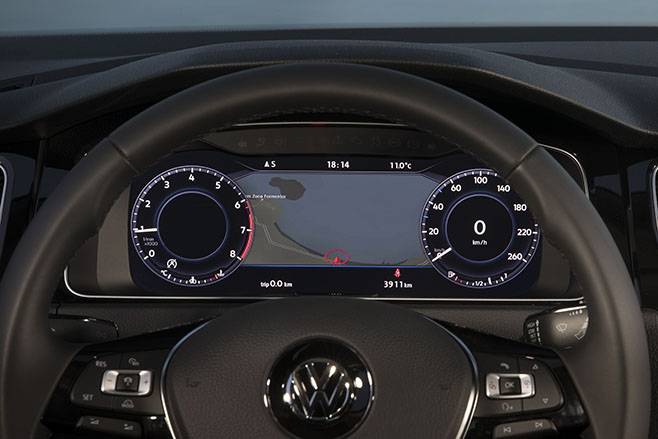
But back to the 110TSI, and its upgrades. The top-spec touch screen is thing of beauty; big, glossy, wonderfully detailed resolution, and super-responsive to the touch. (We can’t comment on the smaller version, as it was not fitted to any of the cars at the launch.) However, gesture control is less convincing, given it only allows the driver to swipe left or right, to flick through menus, stored radio stations, or music tracks. What is doesn’t do, at this stage at least, is allow touch-free adjustment of volume control, for instance, so if your passenger is inclined to play DJ, they still have to stab at the annoying plus/minus volume buttons as there’s no knob.
Golf 7.5 also brings Active Info Display on up-spec models, which is VW’s version of what Audi terms Virtual Cockpit, a 12.3-inch customisable instrument display that can be configured into one of five different profiles, including Classic, Performance, Efficiency and Navigation. Again, it’s a cool bit of tech that makes Golf feel even more grown-up, and in a class quite separate from rivals such as the Ford Focus and the Mazda 3. But it’s at its most useful when configured to the sat-nav mode, reducing the size of the speedo and tacho dials, and giving prominence to the map display, and helping you keep your eyes on the road and providing specific turn instructions at a glance. But the fact is, for most people, the need for nav is a relatively uncommon occurrence unless you’re a travelling salesman or an Alzheimer’s sufferer. So hardly a must-have for most owners.
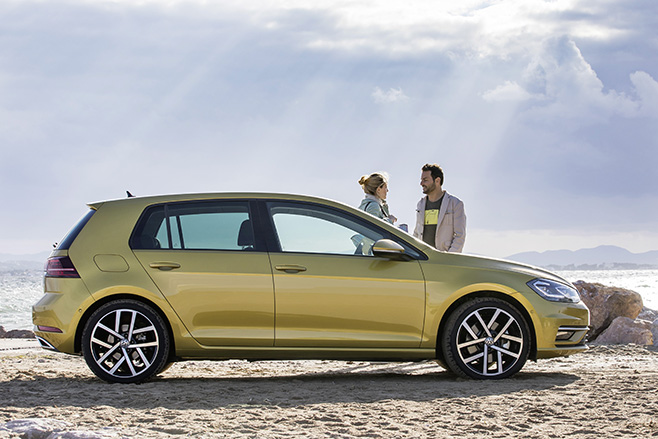
So, to the question is pricing, which we can’t answer accurately because VW Australia is still crunching its numbers. But our estimate would be around $24,000 plus on-roads for the base (bank on Trendline) manual, around $30,000 for the DSG Comfortline, $34,000 for the Highline 110TSI and around $36,000 for the Highline 110TDI. The latter’s 2.0-litre diesel also carries over, making 110kW and 340Nm from 1750rpm, but now comes hooked to a seven-speed DSG rather than a six. It’s unclear if this shaves anything off the acceleration time, but does prune a few drops from the official fuel number, now a claimed 4.6L/100km. Refinement remains excellent; high-speed cruising is even more unstressed and hushed.
When the 2017 Volkswagen Golf arrives on July 3, the hatch will also be accompanied by the wagon, and the Alltrack crossover with its on-demand all-wheel drive (AWD), soft-roading software and body protection. A few weeks later we’ll see the rejigged Golf GTI (power up to 169kW) and Golf R (now cranking out 213kW) and both feeling even more premium and well equipped than before.
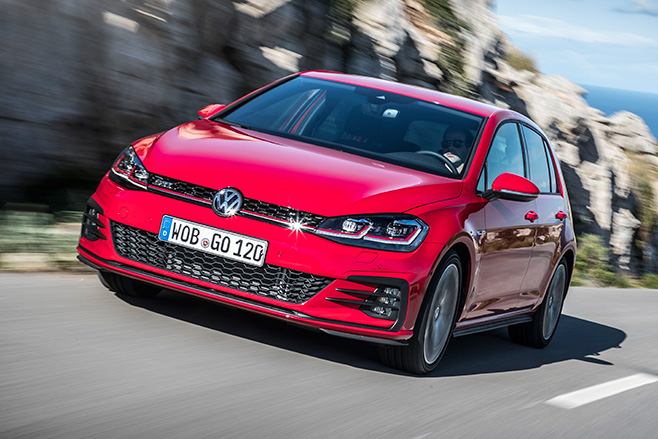
At the launch, VW’s Christian Bauer, the project boss of Golf, told the media “We’ve digitised the Golf”, but that may be a slight stretch. What VW has done is introduce some features that were genuinely needed, and added others that will allow customers to take their Golf into previously uncharted upmarket territory for this class. Fortunately, all the Golf’s more analogue qualities – its pliant, comfortable ride, responsive, obedient chassis, and frugal, refined powertrains – remain as they were. Which, for now at least, is ample to keep Golf sitting in the position to which it’s accustom.
SPECS Model: Volkswagen Golf 110TSI Comfortline Engine: 1390cc 4cyl, dohc, 16v, turbo Max power: 110kW @ 5000-6000rpm Max torque: 250Nm @ 1500-3500rpm Transmission: 7-speed dual-clutch auto Weight: 1245kg 0-100km/h: 8.3sec (claimed) Economy: 5.1L/100km Price: $30,000 (estimated) On sale: July


